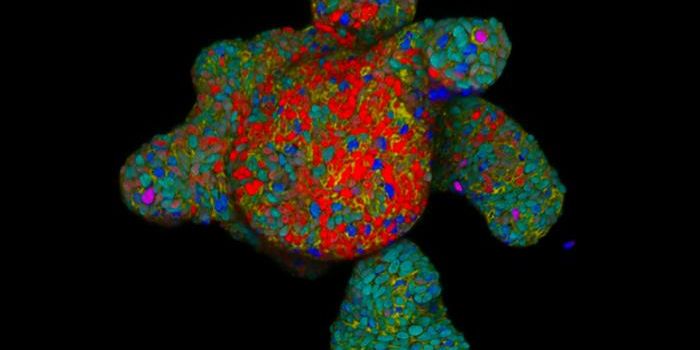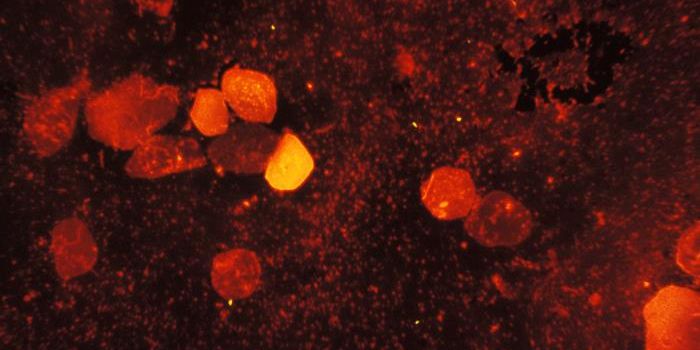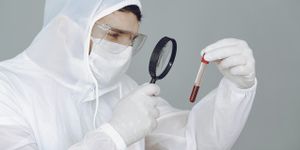Supervillain Alert! New Tech IDs Drug-Resistant Superbugs.
The human body is made up of around 10 trillion cells. Fascinatingly, we have 10 times more bacterial cells on our bodies which make up the normal microflora. We are also exposed to a vast number of microbes with pathogenic potential that can on occasion break past immune defenses and wreak havoc. When infection strikes, patients usually provide diagnostic labs with a biological sample for them to determine the identity of the offending bacteria. However, it’s not easy for microbiologists to spot a “supervillain” lurking in the sample. These are antibiotic-resistant superbugs -- pathogens that infect 2 million people in the U.S. and kill at least 23,000 every year.
A team of biomedical engineers at Duke University has invented a new platform for distinguishing the bad guys from the supervillains, using artificial intelligence. Their technology uses machine learning algorithms to pick up subtle differences in the way antibiotic-resistant bacteria grow under laboratory conditions. This would allow microbiologists to flag superbugs in a fraction of the time it currently takes, with a cost-effective and less labor-intensive procedure. Ultimately, this could revolutionize patient outcomes for those infected with these nasty invaders.
Before this breakthrough, diagnostic labs relied heavily on next-generation sequencing to “read” the genes from pathogenic bacteria in search of signature mutations that are known to shield bacteria from the killing effects of antibiotics. However, these techniques are not universally available and it is not always clear how these gene signatures correlate with symptoms or optimal treatment strategies.
Linchong You, the lead author of the study published recently in the Proceedings of the National Academy of Sciences, looked to bacterial growth dynamics instead of genetics for clues.
“We thought that the slight variance in the genes between strains of bacteria might have a subtle effect on their metabolism,” said You.
“But because bacterial growth is exponential, that subtle effect could be amplified enough for us to take advantage of it. To me, that notion is somewhat intuitive, but I was surprised at how well it actually worked.”
The team validated their AI-powered platform using more than 200 strains of bacterial pathogens, many of which were clinically-relevant variants of E. coli. The growth dynamic profiles of these bacteria alone were able to predict a strain’s resistance to antimicrobial drugs around 75 percent of the time.
According to You, this result is on par or better than standard techniques, including those that rely on genetic sequencing data, adding “And this was just a proof of principle. We believe that with higher-resolution data of the growth dynamics, we could do an even better job in the long term.”
Future plans involve refining the system further such that results can be obtained in under 12 hours.
Sources: Duke Pratt School of Engineering, PNAS.









